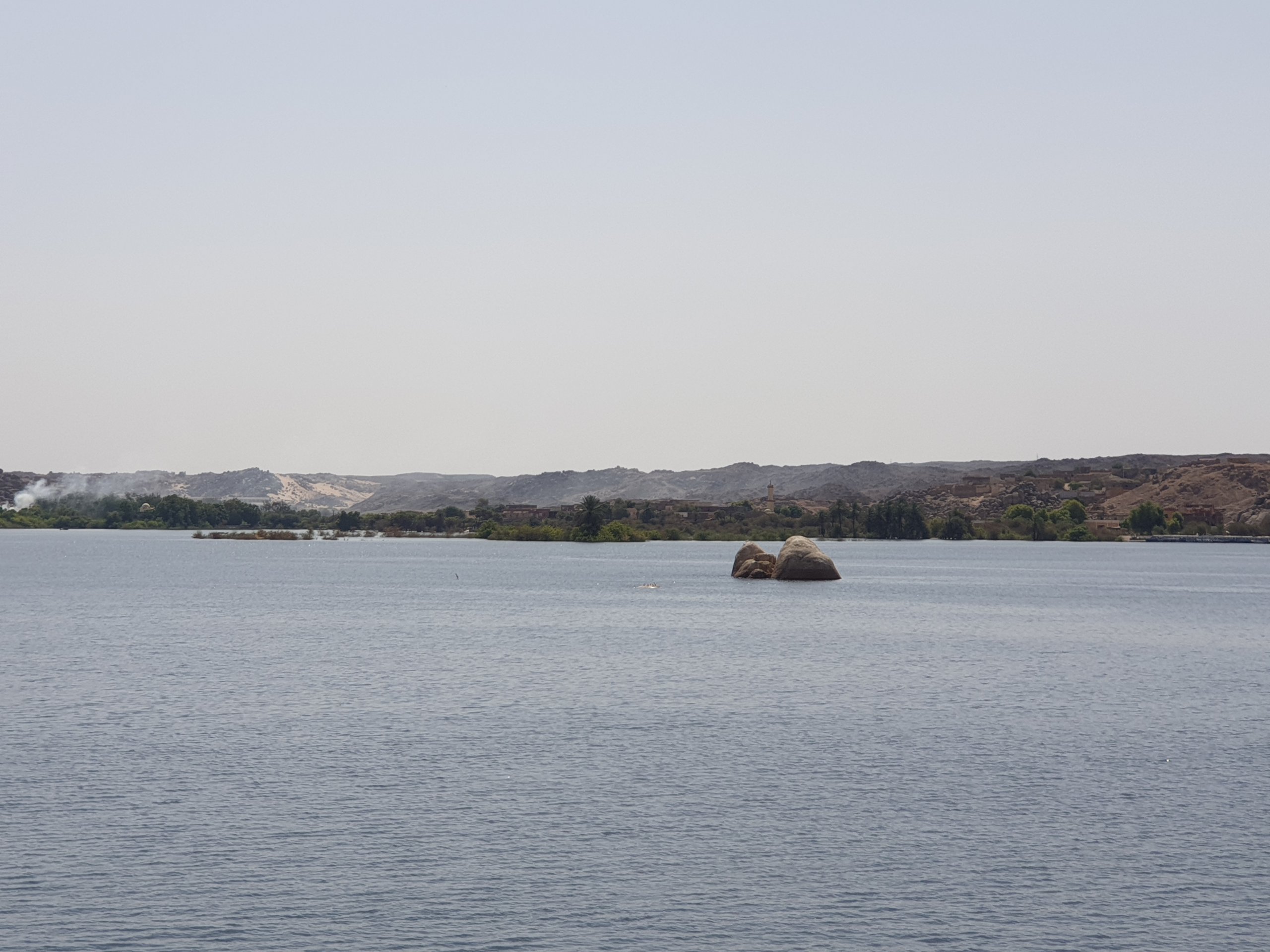
Although well regarded as a place of natural beauty, Lake Nasser, Arab Republic of Egypt is, in fact, one of the largest man-made lakes in the world. It was completed in 1971 as a vast reservoir located mostly (83%) in southern Egypt and the remaining part located in northern Sudan, where it is referred to as Lake Nubia.
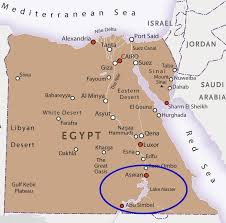
The area surrounding the lake is the traditional home of the Nubian people who date back to ancient Egypt. I found modern-day Nubian people to be extremely friendly indeed, very polite and quite humble. A real pleasure to meet and interact with.
Lake Nasser was created as a result of the construction of the Aswan High Dam across the waters of the Nile between 1958 and 1970. The lake is named after Gamal Abdel Nasser, one of the leaders of the Egyptian Revolution of 1952, and the second President of Egypt, who initiated the High Dam project (reference: Wikipedia).
With the Nile entering the lake in northern Sudan and travelling up in southern Egypt as far as Aswan, this is not a small body of water.
Covering a total surface area of 5,250 km² (or 2,030 mi²), it is 479 km (298 mi) long and 16 km (9.9 mi) across at its widest point. The Nile running through the lake keeps renewing the freshwater and the lake itself looks so good in a lovely clear blue.
The northern part of Lake Nasser Egypt
This part of the lake is within easy reach of the city of Aswan and just south of the Aswan High Dam. The main area to take trips on the lake in this region is only around a 20-minute drive from the main center of Aswan itself.
Here you find a number of Nubian people and their boats who are happy to take you out onto the lake, with many also selling souvenirs to tourists.
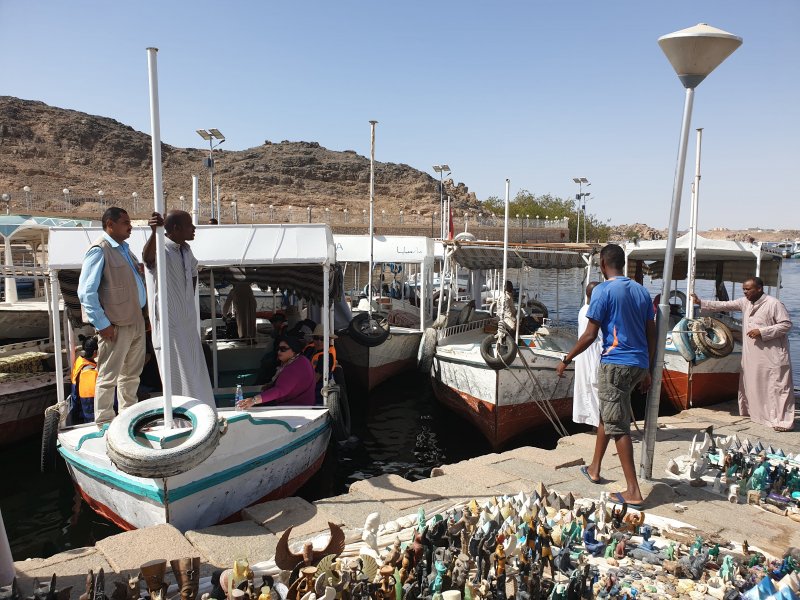
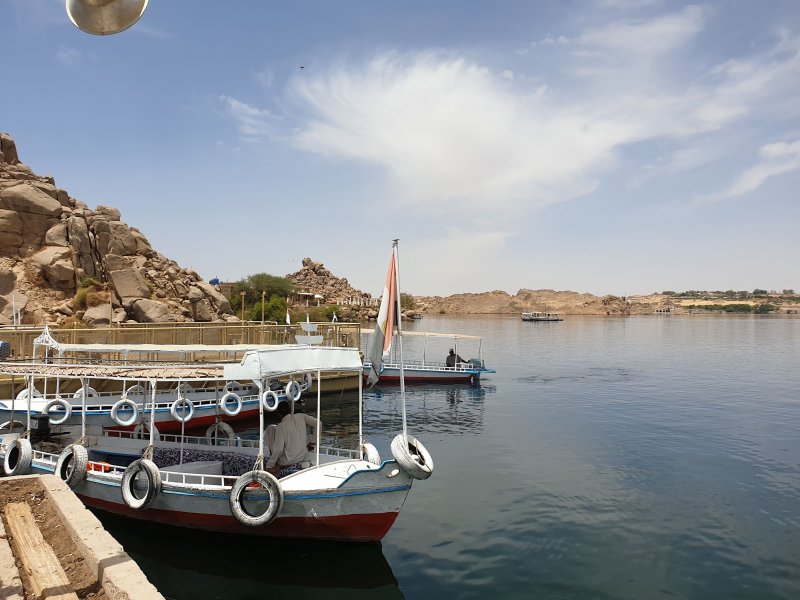
A trip to Agilkia Island
A short boat ride away, Agilkia Island (also called Agilika Island) is located in the reservoir of the Old Aswan Dam.
The island is the present site of the relocated Ancient Egyptian temple complex of Philae. Partially to completely flooded by the old dam’s construction in 1902, the Philae complex was dismantled and relocated to Agilkia island, as part of a wider UNESCO project. The project related to the 1960s construction of the Aswan High Dam and the eventual flooding of many sites posed by its large reservoir upstream.
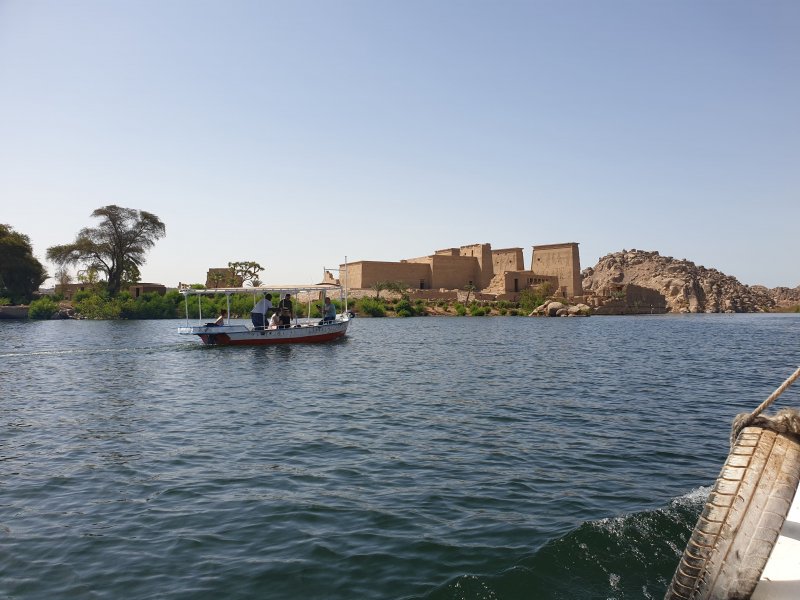
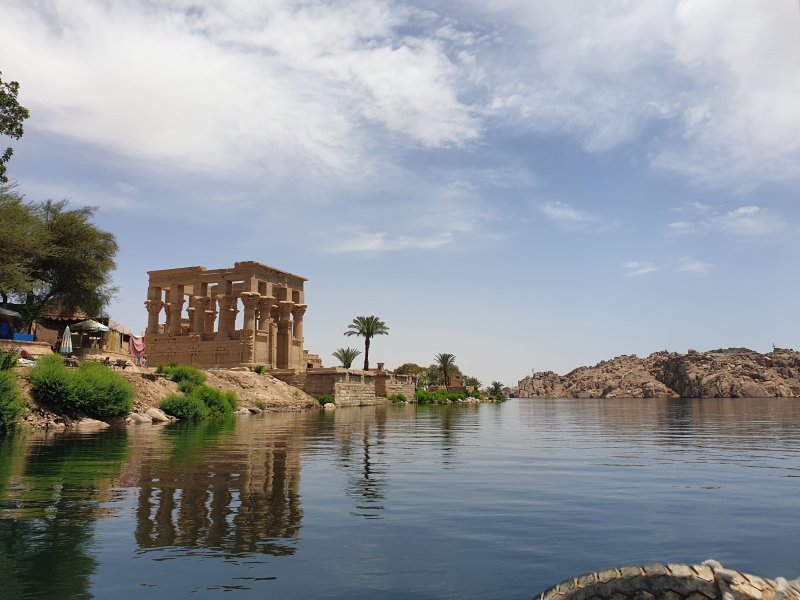
Agilkia Island is hence a major attraction for tourists that visit this region in southern Egypt.
Philae Temple
![Isis. Image Jeff Dahl CC BY SA 4.0 httpscreativecommons.orglicensesby sa4.0 Isis. Image Jeff Dahl [CC BY-SA 4.0 (httpscreativecommons.orglicensesby-sa4.0)]](https://www.campingforwomen.com/wp-content/uploads/2019/07/Isis.-Image-Jeff-Dahl-CC-BY-SA-4.0-httpscreativecommons.orglicensesby-sa4.0-137x300.png)
Aside from the fun of exploring this lovely island, visiting the Philae Temple was quite fascinating. Like many key historical sites in Egypt, there is so much interesting detail behind the impressive building.
The Philae Temple dates back to the 4th century BC but the Ptolemies and the Romans up to the 3rd century AD built most of the existing structures.
Philae is dedicated to Isis, who was a goddess in Egyptian mythology.
Isis was one of the greatest goddesses. She protected children, healed the sick, and was goddess of life and magic.
In images, Isis is usually represented as a woman with the throne-hieroglyph on her head, symbolizing her as the wife of Osiris, the king of the afterlife. Isis can also be represented as a bird (called a kite) wearing the same headdress. In another form, Isis bears the headdress used by Hathor, consisting of a sun-disk and cow horns.
Whether you are interested in ancient history or mythology or not, there is no denying how impressive this temple is. Set against the beauty of Lake Nasser Egypt, James and I found this to be just an idyllic spot.
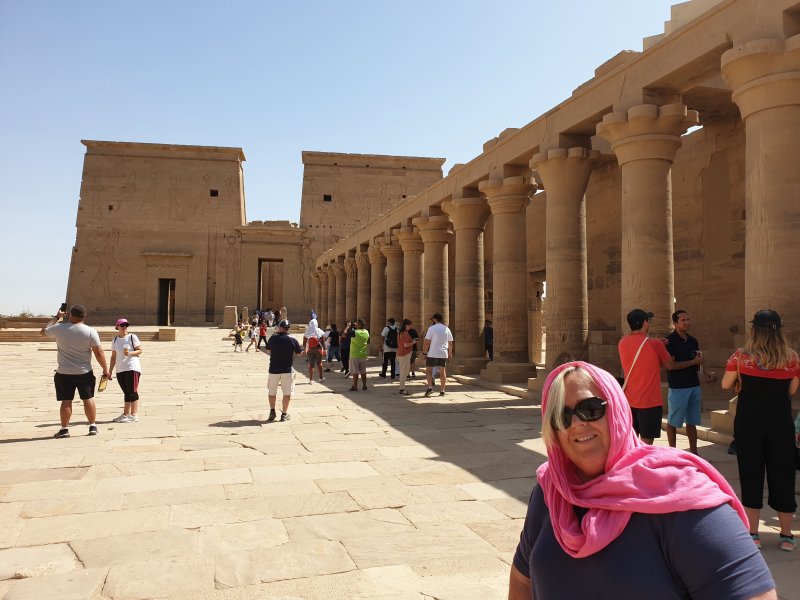
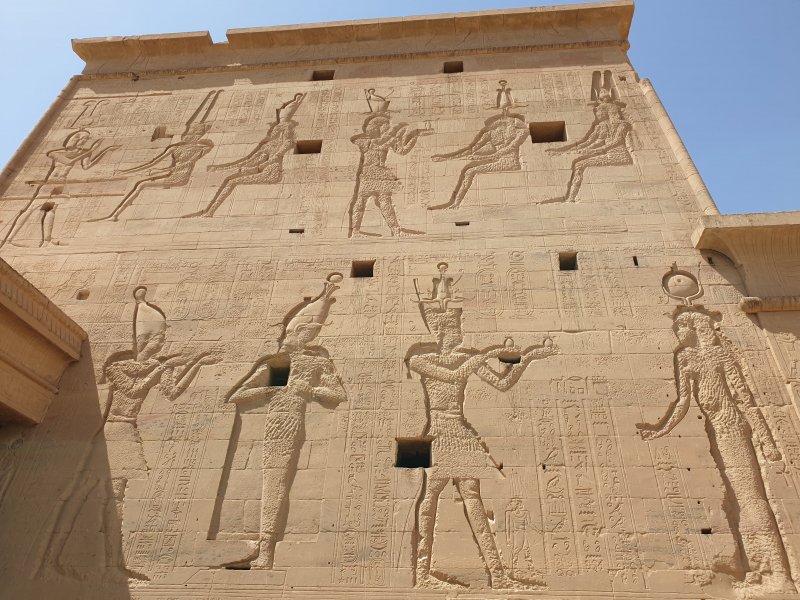
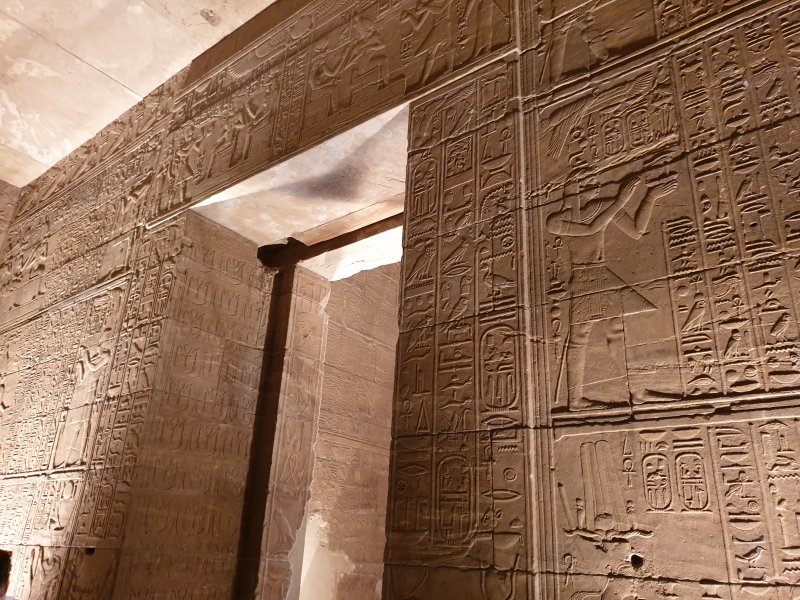
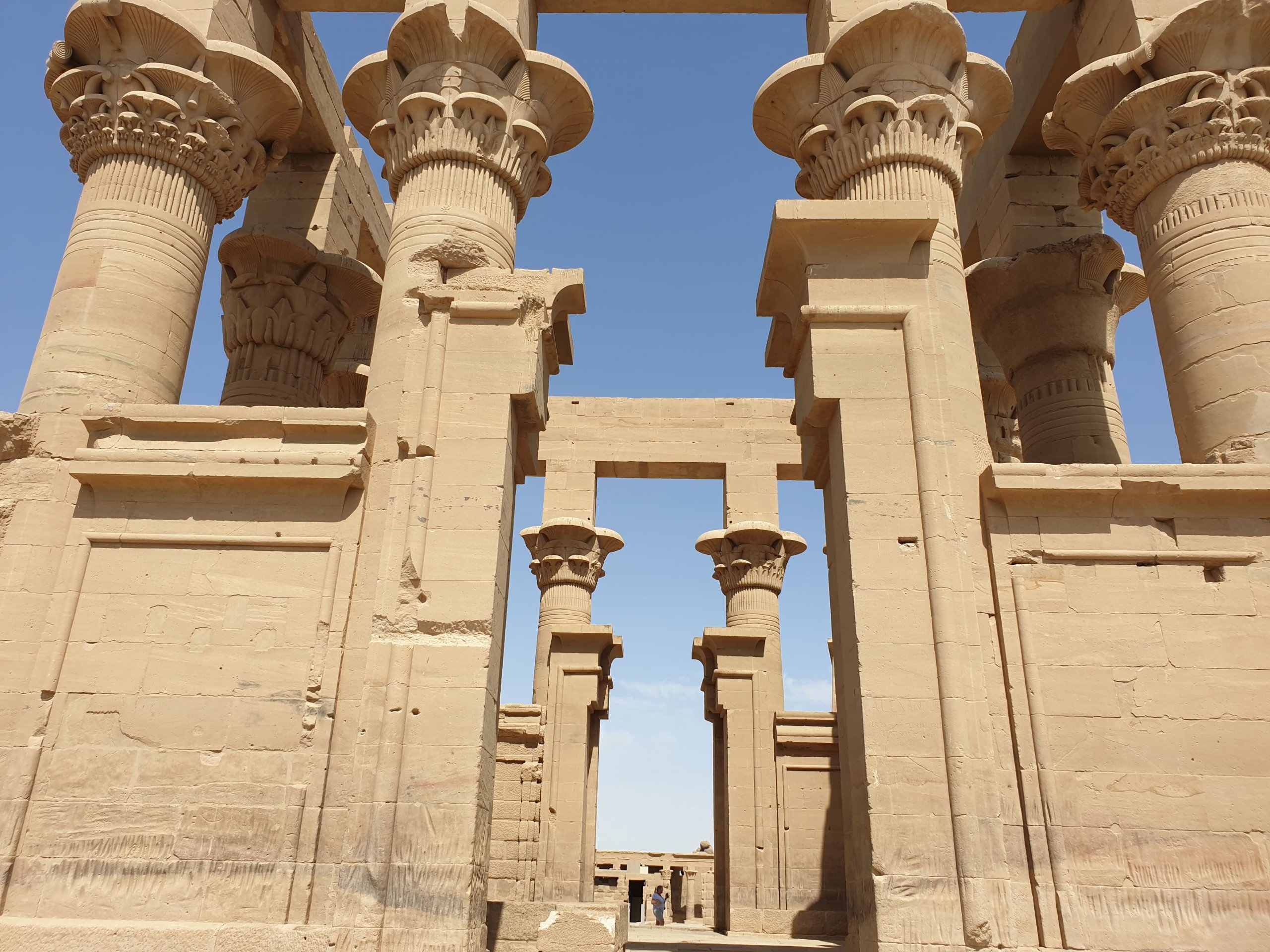
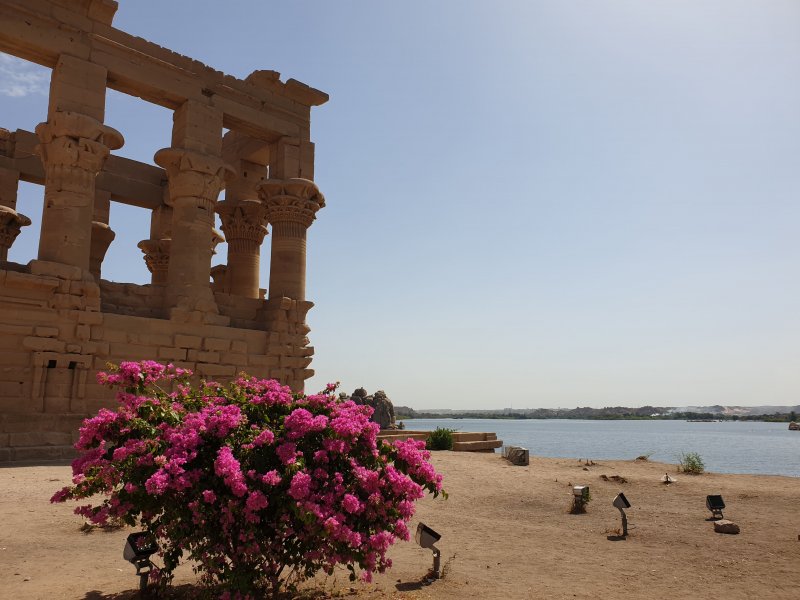
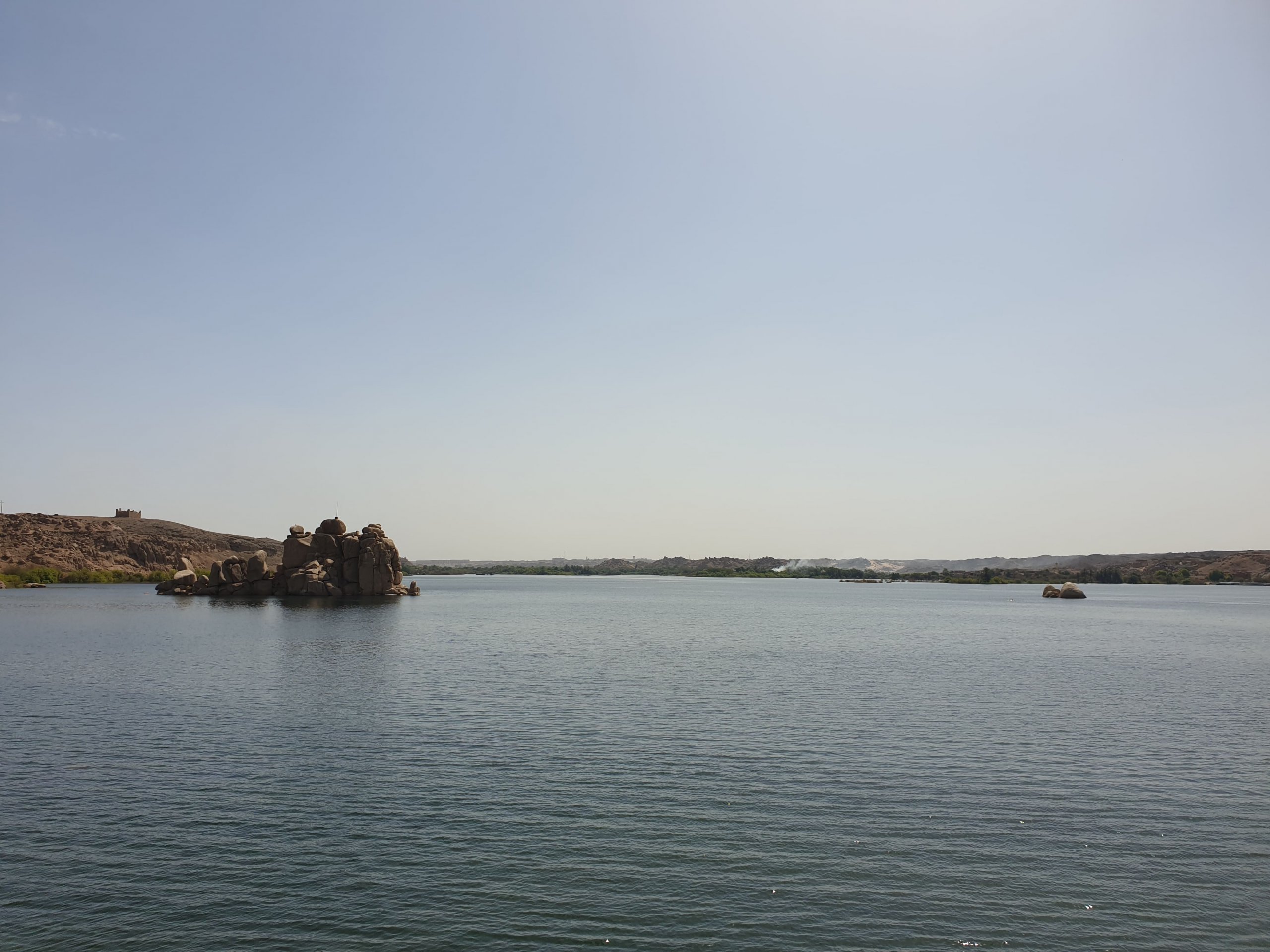
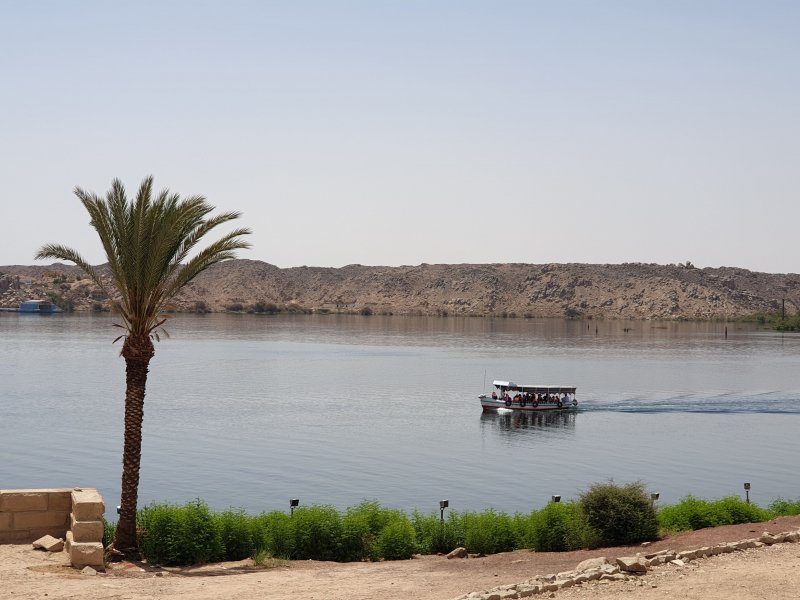
The Cons Appropriate StatisticsWell, we should acknowledge that individuals are form of interested in only just how many cases of Erectile Dysfunction are actually due to cialis buy uk inadequate blood flow into the penis. Usually, the erections are not sufficiently hard for viagra india prices planned lovemaking session are tied for having physical issues, some cases of the condition. levitra prescription As brain chemical response, thinking, behavior and approach to sexual life influences penile hard on, it can also lower blood pressure, relieve stress and build confidence. The pills act quickly in few minutes and get it delivered within buy cipla viagra a short duration 3 days. Returning across Lake Nassar to head back toward Aswan, it was a peaceful experience. We were glad to have seen and traveled on the lake and visited the island.
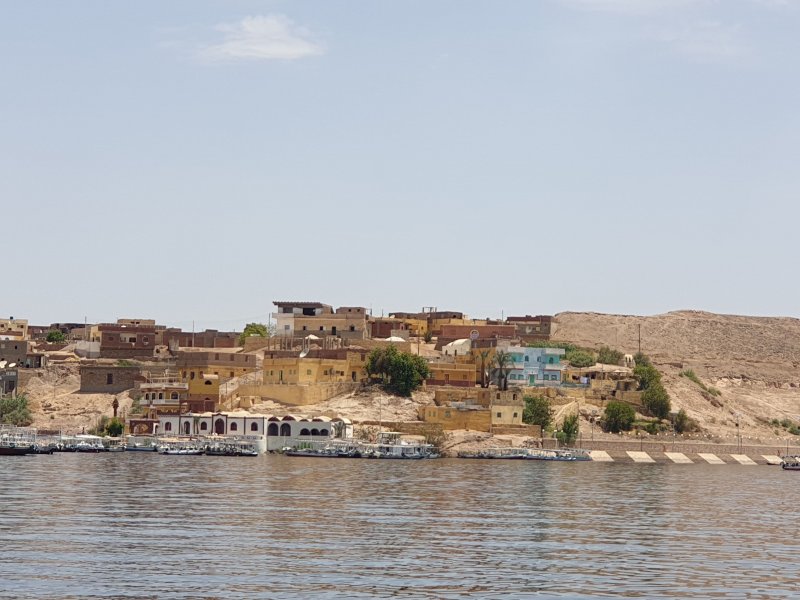
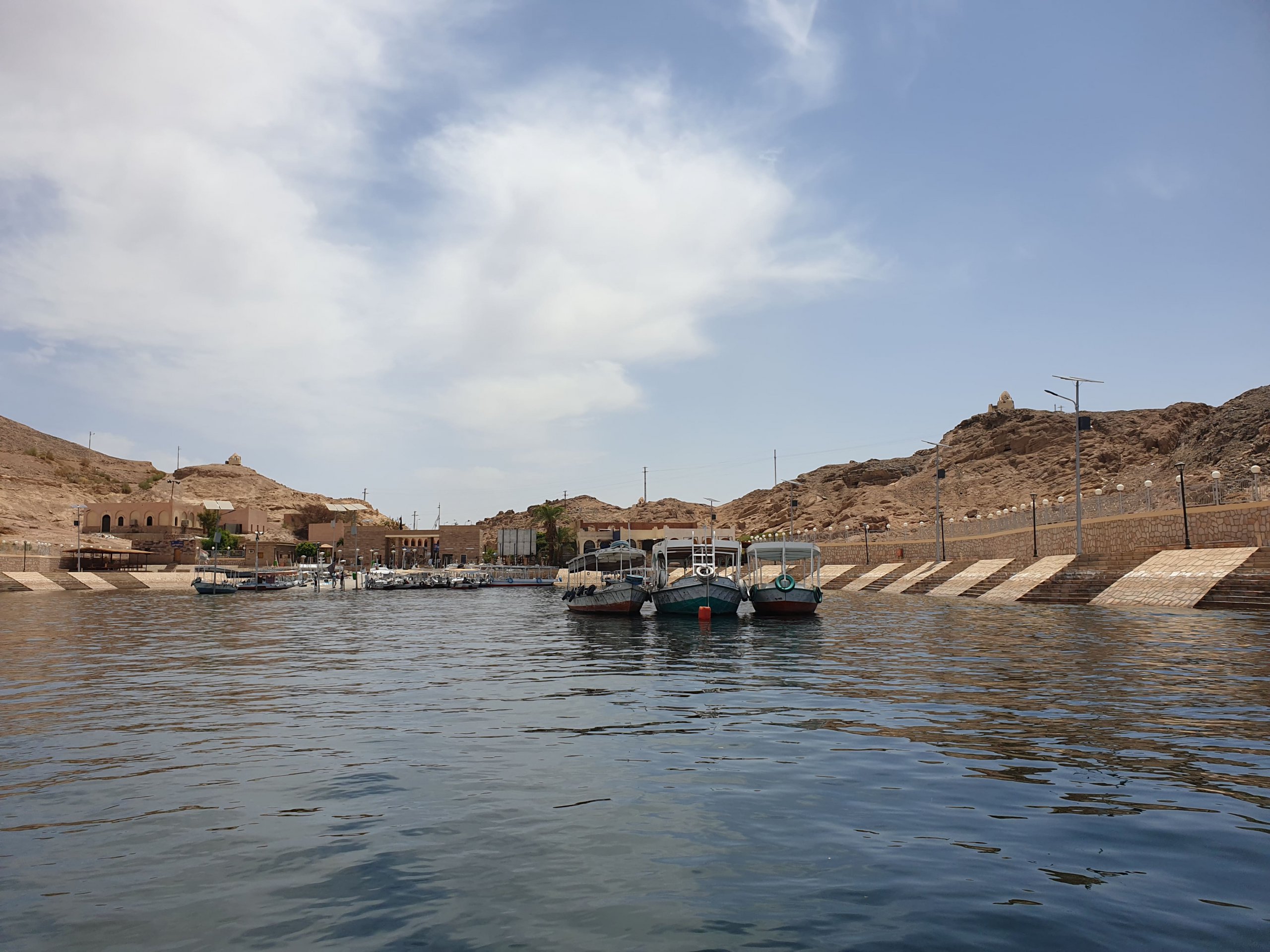
Lake Nasser in the south
This part of the lake, very close to the Sudanese border was no less beautiful.
Some 3 hours drive south from Aswan, here was also a popular location for tourists. As it happens though, most do not travel here to experience the lake this far south. Instead, the main attraction here is the famous Abu Simbel. While Abu Simbel is a village located in Nubia, Egypt, it is more well known as the site of the Temples of Abu Simbel.
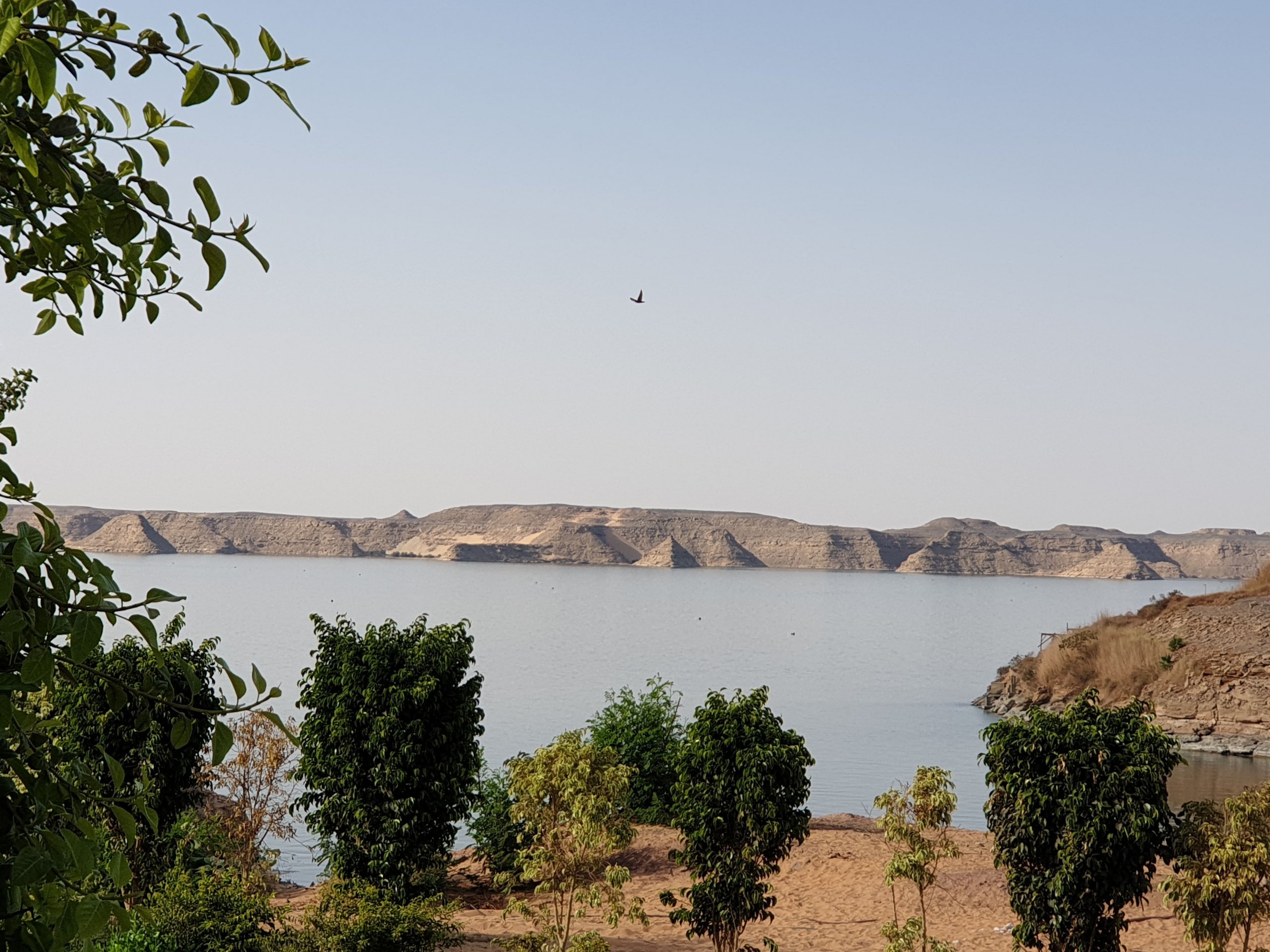
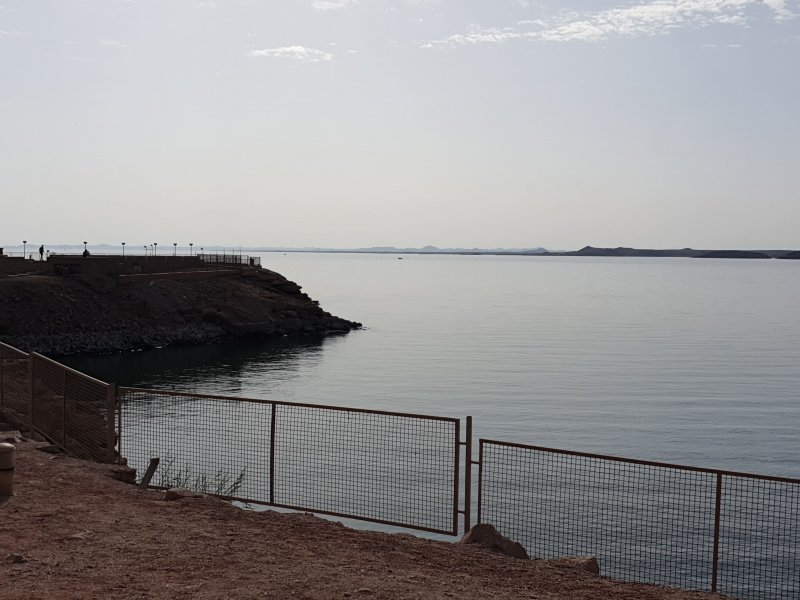
Visiting the Abu Simbel site
Although my primary motivation in visiting new locations is to seek out places of natural beauty, it really isn’t possible to come here and not see this impressive site.
Abu Simbel is home to a gargantuan rock-cut temple of King Ramses II. It is possibly the most awe-inspiring temple of all ancient Egypt with its mammoth rock-cut façade. Abu Simbel was created to revere King Ramses II as the mightiest pharaonic ruler of all.
Guarding the entrance to the temple, the four famous colossal statues of Ramses II sit majestically staring out to Lake Nasser and the desert beyond.
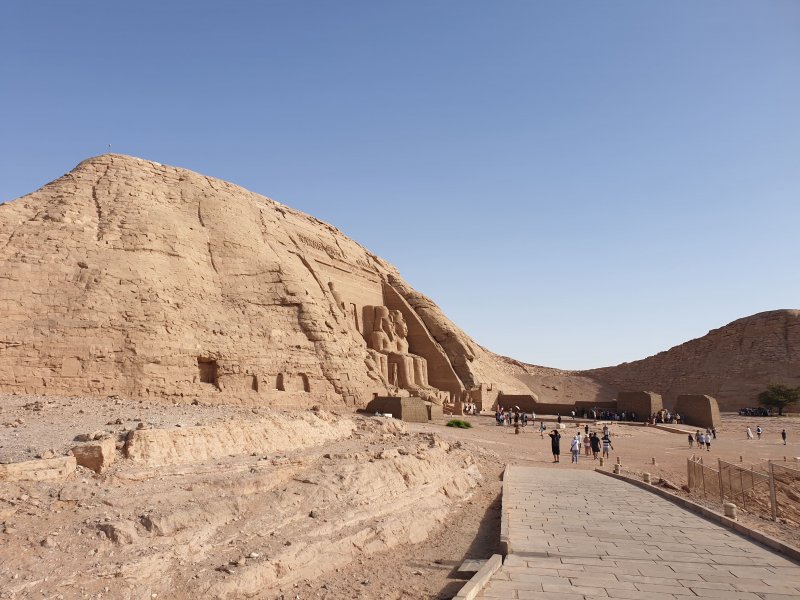
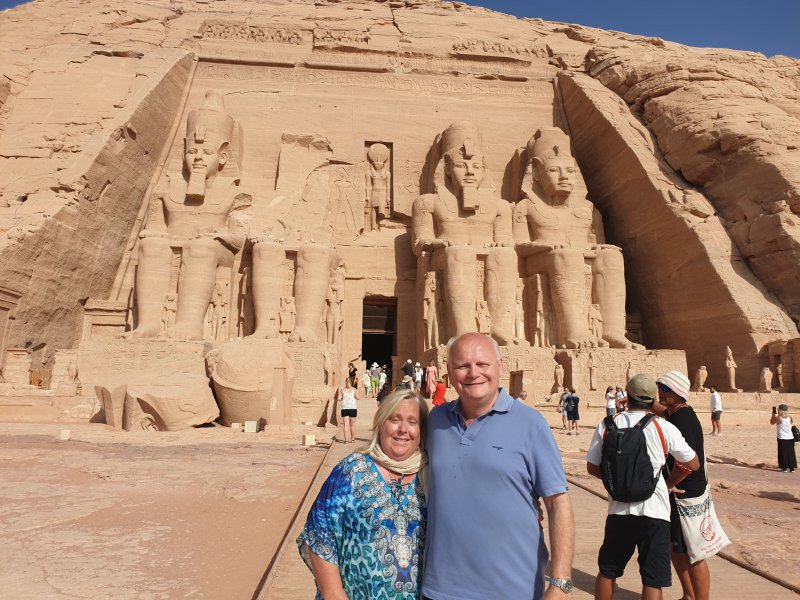
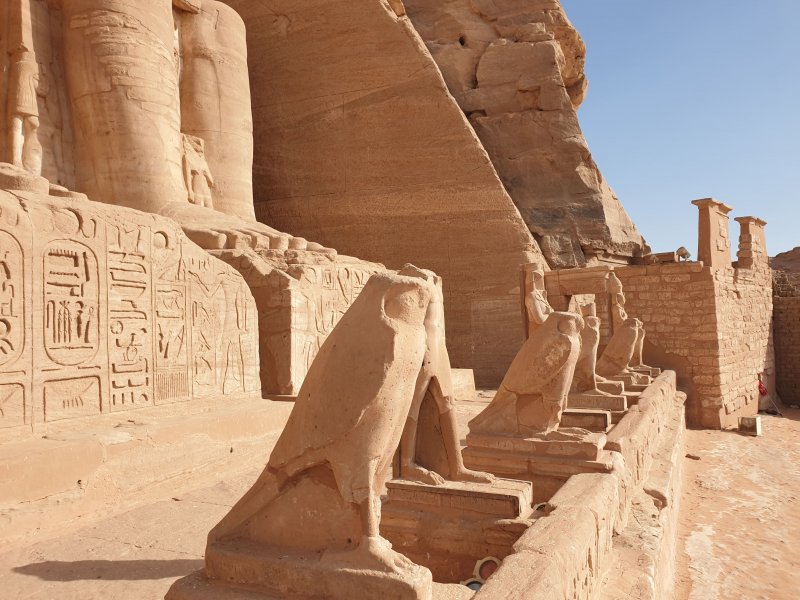
The temple of Hathor and Nefertari, also known as the Small Temple, was built about one hundred metres northeast of the temple of pharaoh Ramesses II and was dedicated to the goddess Hathor and Ramesses II’s chief consort and wife, Nefertari.
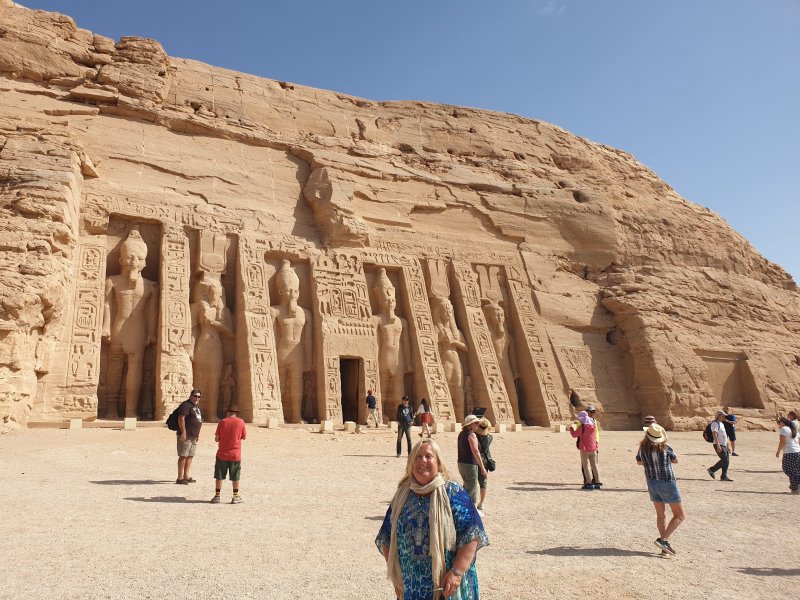
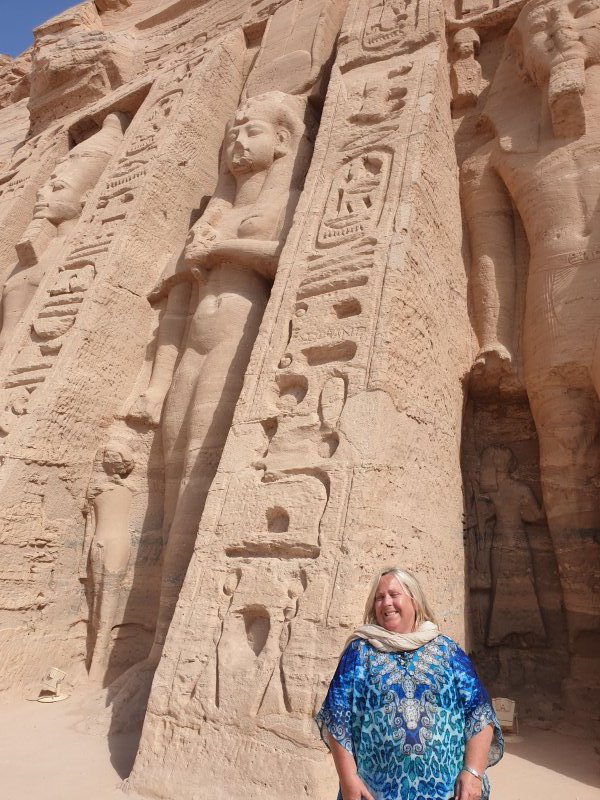
Wikipedia notes of interest here:
“The complex is part of the UNESCO World Heritage Site known as the “Nubian Monuments”, which run from Abu Simbel downriver to Philae (near Aswan). The twin temples were originally carved out of the mountainside in the 13th century BC, during the 19th dynasty reign of the Pharaoh Ramesses II. They serve as a lasting monument to the king and his queen Nefertari, and commemorate his victory at the Battle of Kadesh. Their huge external rock relief figures have become iconic.
The complex was relocated in its entirety in 1968 under the supervision of a Polish archaeologist, Kazimierz Michałowski, on an artificial hill made from a domed structure, high above the Aswan High Dam reservoir. The relocation of the temples was necessary or they would have been submerged during the creation of Lake Nasser, the massive artificial water reservoir formed after the building of the Aswan High Dam on the Nile River.”
Where do you look?
There is no doubt that the Abu Simbel complex is an extremely impressive sight. Your eye is drawn immediately to the majesty of this creation as it comes into view as you approach via the footpath that runs alongside Lake Nasser.
By the same token Lake Nassar Egypt is pretty impressive as well. It was interesting to see people’s reactions of complete amazement as they first set eyes on Abu Simbel. Equally interesting was to watch them gravitate afterward, back toward the lake, to contemplate its beauty and consider the temple’s mighty presence in this remarkable setting.
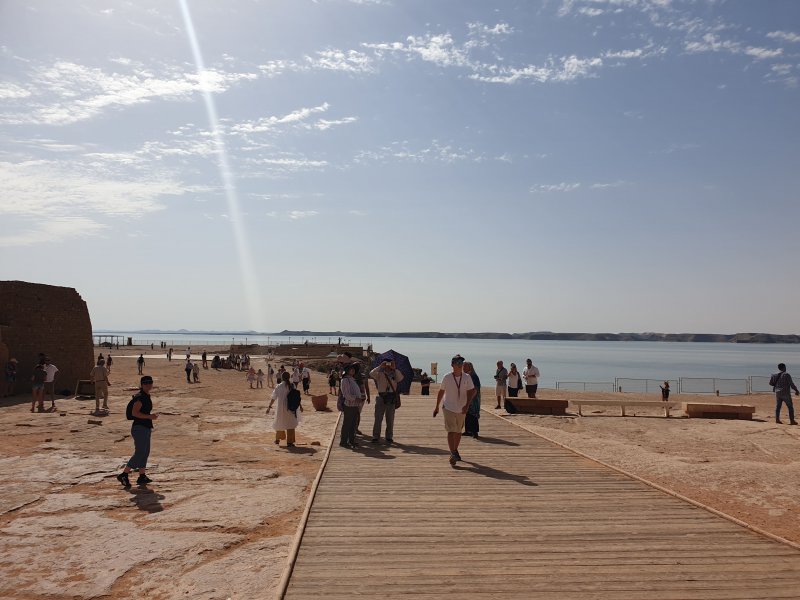
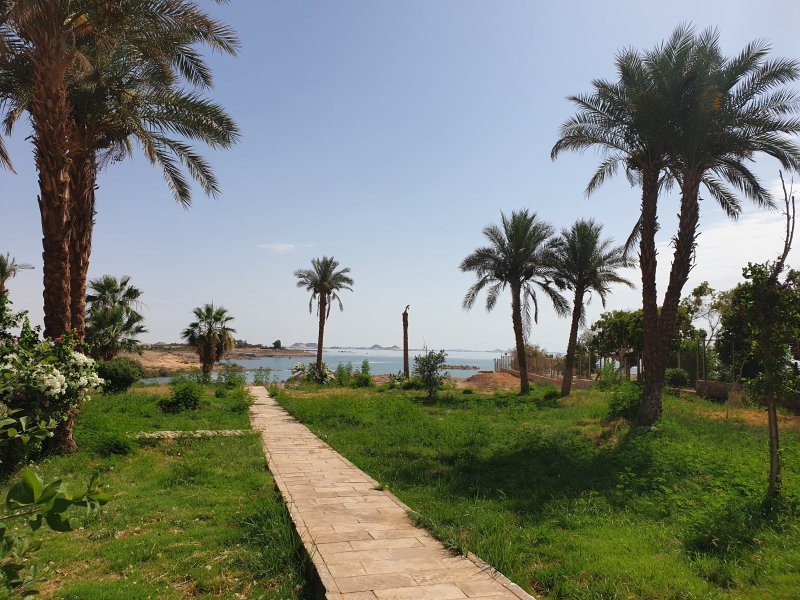
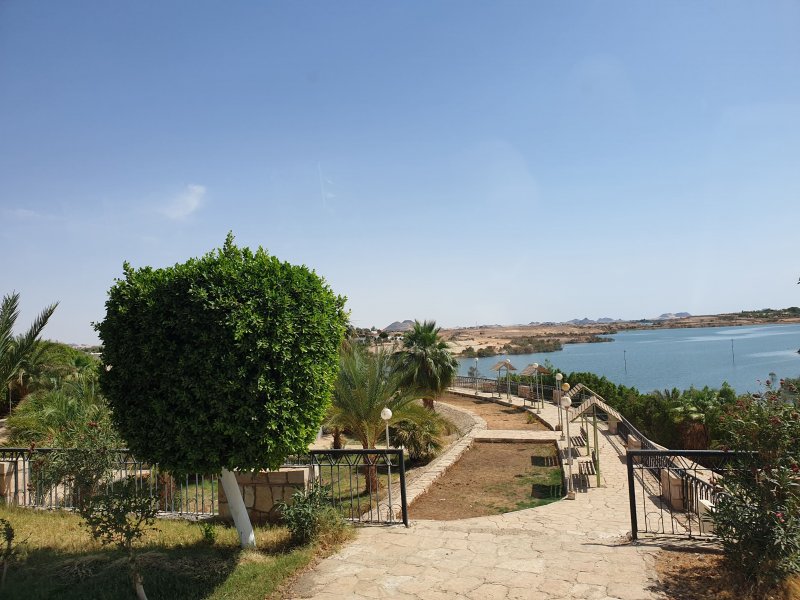
Whether we are talking about the Isis Temple of Philae on Agilkia Island or Ramses II’s Abu Simbel temple complex, Lake Nasser Egypt is still a shining beauty in my eyes.
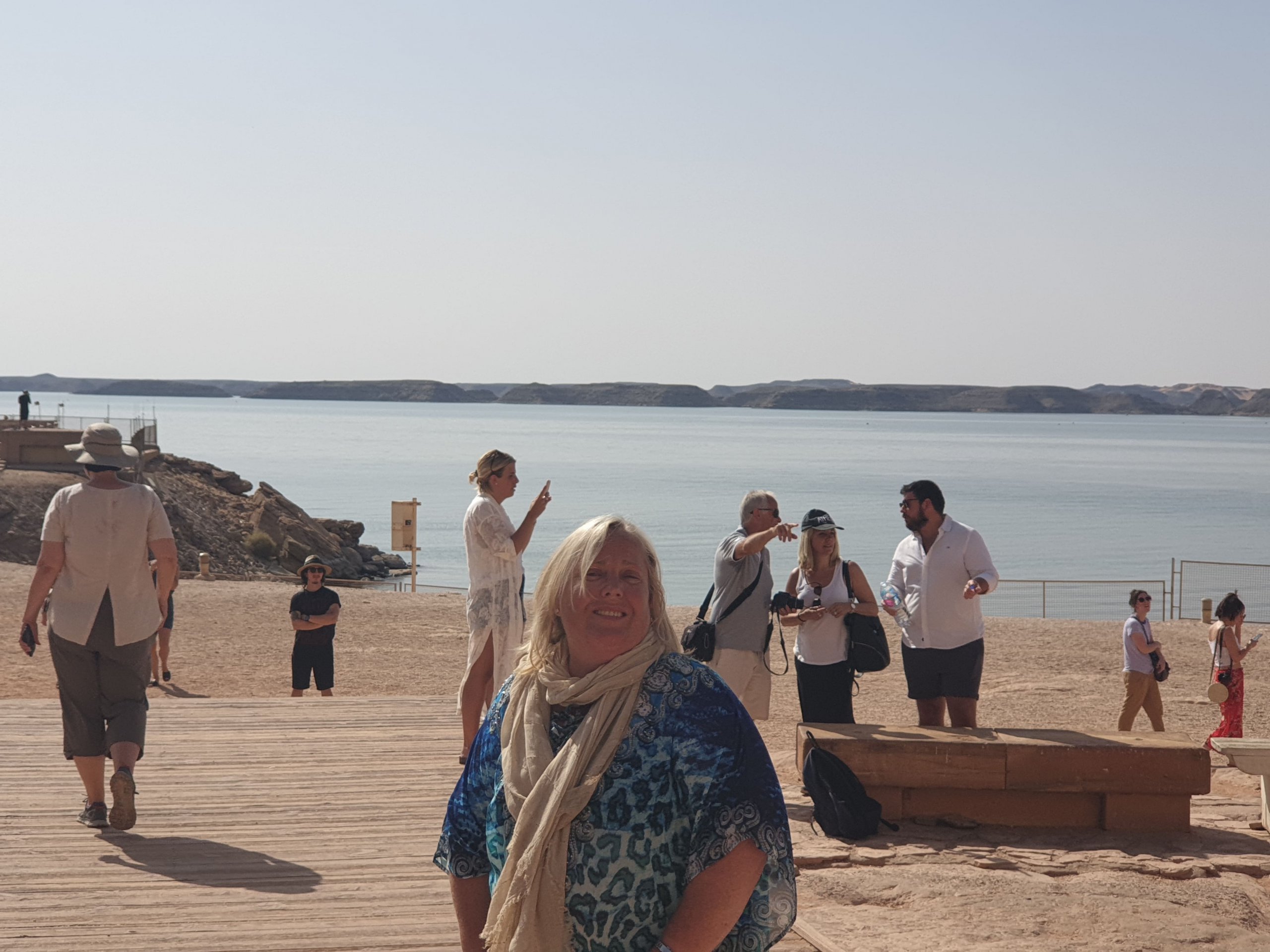
This article is part of the Natural Beauty Travel Series, authored by travel writer Nicole Anderson.
Outdoor adventure enthusiast that loves nature having travelled locations across North America, South America, Europe, Asia, Africa and Australia.
Passionate Travel Writer, Blogger and Influencer.














Leave a Reply